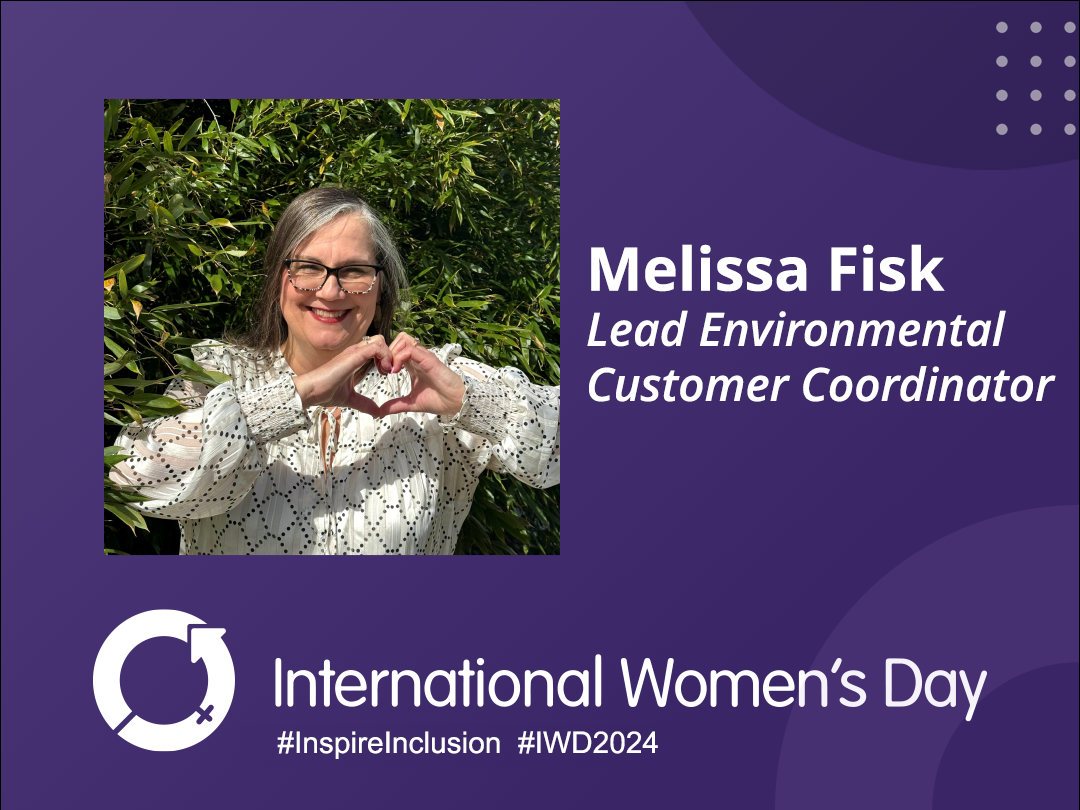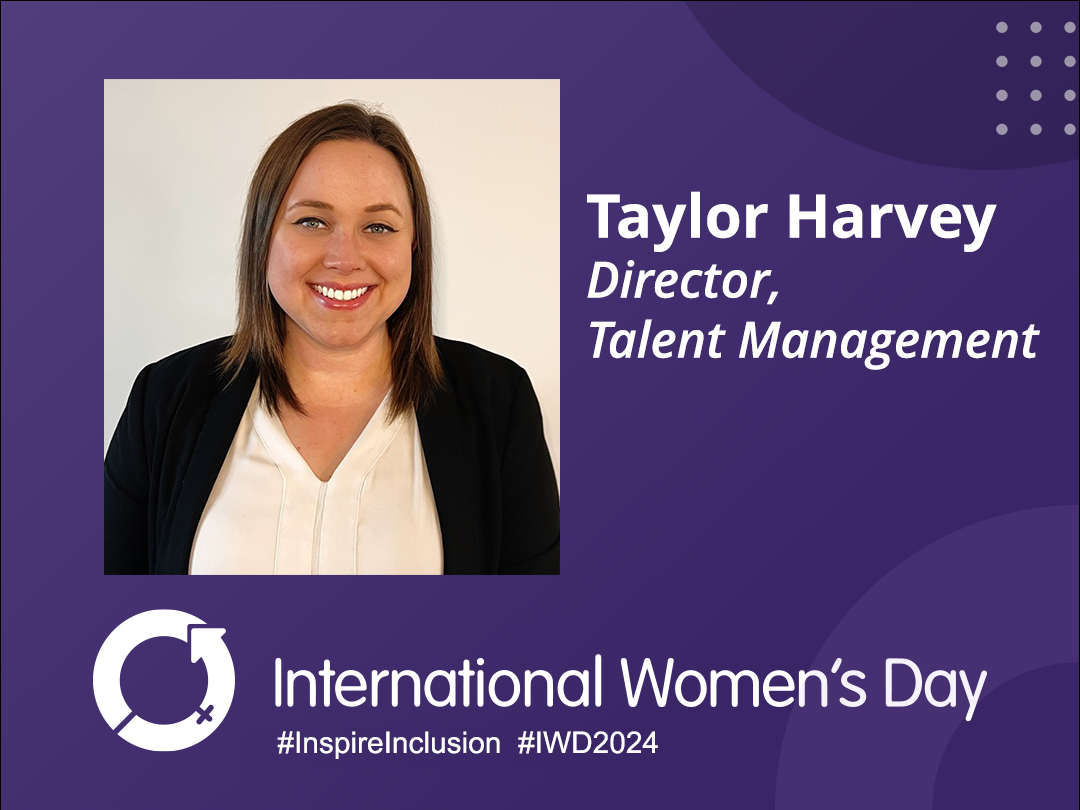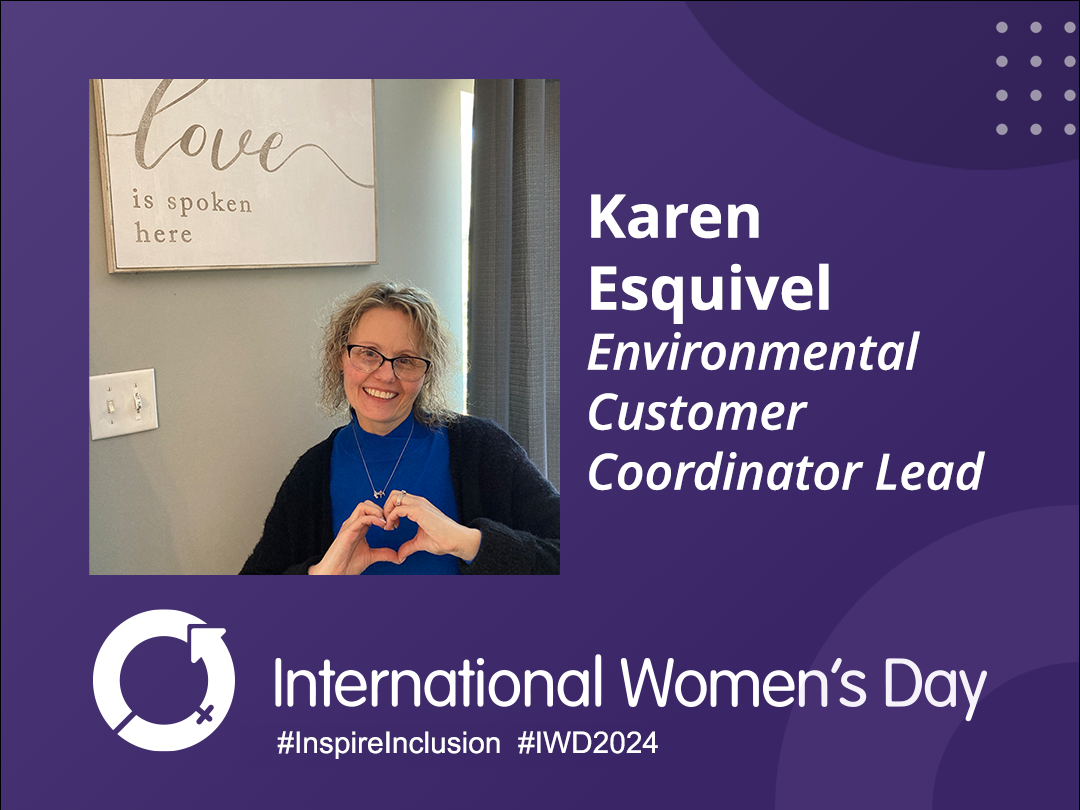
Last week we wrote a post about the first two LDR variances, extensions, and exemptions (national capacity variance and case-by-case extension to an effective date). Today we are going to continue on that subject and discuss the four remaining cases, no-migration variance, variance from a treatment standard, equivalent treatment method variance, and surface impoundment treatment exemption. If you’ll remember, because of the potential for wastes that cannot achieve the required standard be land disposed the EPA created special circumstances (the variances, extensions, and exemptions) that can allow for land disposal of prohibited materials.
No-Migration Variance
To start, we need to know what no-migration means. According to the EPA, no-migration means that any hazardous constituents will not be able to leave the set boundary at concentrations that are than Agency-approved health-based levels. So, according to this variance a waste handler could land dispose of a material without meeting treatment standards if a petitioner can clearly demonstrate that there will be no migration of hazardous constituents from the unit for as long as the waste remains hazardous.
If a generator decides to petition for no-migration they must include in their petition a description of the site where waste will be disposed, a characterization of the waste to be disposed, and a monitoring plan that has been developed to mitigate risk in the case of migration. All this must then be approved by the Agency prior to any land disposal. Additionally, the generator has to submit long-term modeling estimates of concentrations in the ground’s unsaturated zone and the air pathway for review.
Variance from a Treatment Standard
According to the EPA, “under certain circumstances, generators or TSDFs may petition the Agency for a variance from using a required technology or from meeting a concentration-based treatment standard. EPA established this variance from a treatment standard to account for those wastes for which applicable treatment standards are unachievable or inappropriate (§268.44). In most cases, petitioners must demonstrate that the waste is significantly different from the wastes evaluated by EPA when developing the codified treatment standard or that such method or standard is unachievable or inappropriate for the waste. A treatability variance may apply generically to all waste meeting a certain description or it may be narrower in scope, applying only to a specific waste generated at a particular site.”
After the soil-specific standards were established the EPA had to once more look at the standards and develop provisions for contaminated soils. “Pursuant to §268.44(h)(3), variances from otherwise applicable LDR treatment standards may be approved if it is determined that compliance with the treatment standard would result in treatment beyond the point at which short- and long-term threats to human health and the environment are minimized. This allows a site-specific, risk-based determination to supersede the technology-based LDR treatment standards under certain circumstances, allowing regulators to align cleanup levels and treatment levels. Alternative LDR treatment standards established through site-specific risk-based variances should be within the range of values the Agency generally finds acceptable for risk-based cleanup levels.”
Equivalent Treatment Method Variance
As you may know, the EPA developed some treatment standards based on the best available technology. For these standards, generators must treat waste to the proper level through said technology. If, however, a person believes they have a better or an equitable technology available they may submit an application to the Agency demonstrating that their new or different technology can achieve equal results to that of the previous BAT. Assuming that the technology can treat to the proper level and protect human health and the environment the EPA may approve the petition and grant an equivalent method variance. Once granted, the alternative method can be used in place of the specified technology.
Surface Impoundment Treatment Exemption
According to the EPA, “the management of liquid wastes in surface impoundments often serves as a means of treatment. Typically, particulates suspended in liquid wastes settle to the bottom of impoundments, forming sludges in which contaminants concentrate. This precipitation process may result in the generation of sludges that are hazardous wastes.” Because managing wastes in surface impoundments is technically considered land disposal, even though the wastes in surface impoundments are not permanently disposed of in the unit, the generation and placement of hazardous wastes into a surface impoundment would not be compliant with LDR. 268.4, however, provides an exemption for wastes treated in a surface impoundment which allows the practice. The EPA states that, “Waste handlers may treat hazardous waste in surface impoundments without first meeting treatment standards provided that:
-
- The surface impoundment meets certain technological requirements,
- The treatment residues that do not meet applicable standards are removed from the impoundment annually, and
- The removed residues are not managed in another surface impoundment.”
EPA cited information (unless otherwise noted) for this blog post was gathered from the EPA document, “Introduction to Land Disposal Restrictions.” As always, this blog post is not intended to be comprehensive and it is always best to check with the EPA and local government for full, up-to-date, rules and regulations.
More News From Heritage
-
3/12/24
Equal Pay Day – Spotlighting Our Female Drivers
-
3/8/24
International Women’s Week Spotlight – Shannon Dippel
For International Women's Week, we're spotlighting some of the incredible women in the Heritage family. Our final spotlight is Shannon Dippel.
-
3/8/24
International Women’s Week Spotlight – Susan Adams
For International Women's Week, we're spotlighting some of the incredible women in the Heritage family. Our sixth spotlight is Susan Adams.
-
3/7/24
International Women’s Week Spotlight – Lea Wilson
For International Women's Week, we're spotlighting some of the incredible women in the Heritage family. Our fifth spotlight is Lea Wilson
-
3/7/24
International Women’s Week Spotlight – Melissa Fisk
For International Women's Week, we're spotlighting some of the incredible women in the Heritage family. Our fourth spotlight is Melissa Fisk.
-
3/6/24
International Women’s Week Spotlight – Taylor Harvey
For International Women's Week, we're spotlighting some of the incredible women in the Heritage family. Our third spotlight is Taylor Harvey
-
3/5/24
International Women’s Week Spotlight – Karen Esquivel
For International Women's Week, we're spotlighting some of the incredible women in the Heritage family. Our second spotlight is Karen Esquivel.
-
3/5/24
Heritage Environmental Services Announces HP Nanda as CEO; CEO Jeff Laborsky Transitions to Board of Directors
Heritage Environmental Services (“HES”) announced today that HP Nanda will join the organization as CEO.








